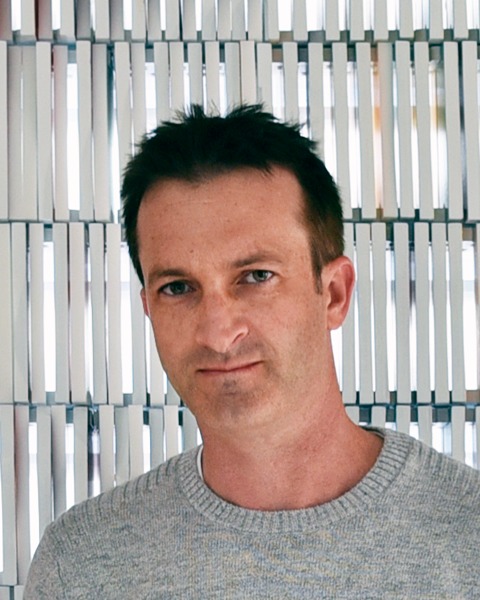

Kory Bieg, AIA, RA
Associate Dean, Associate Professor
The University of Texas at Austin School of Architecture
Kory Bieg is an associate professor of architecture and the associate dean for academic affairs at The University of Texas at Austin. He received his Master of Architecture from Columbia University, is NCARB certified, and a registered architect in Texas. Bieg is the principal of OTA+, an architecture, design, and research office that specializes in the development and use of current, new, and emerging digital technologies for the design and fabrication of buildings, building components, and experimental installations.
Since 2013, Bieg has chaired the TxA Emerging Design + Technology conference and co-directed the TEX-FAB Digital Fabrication Alliance. He has also served on the Board of Directors of SXSW Eco Place by Design and the Association for Computer Aided Design in Architecture (ACADIA), co-chairing the 2019 ACADIA conference titled “Ubiquity and Autonomy.” His research focuses on computational design practice, the use of creative AI in architecture, and architectural theory. In 2018, Bieg co-edited “Center 21: The Secret Life of Buildings,” a book exploring the significance of Object-Oriented Ontology (OOO) in architecture, featuring original essays by prominent philosophers and architects.




